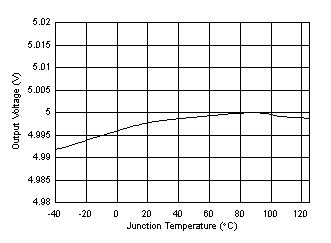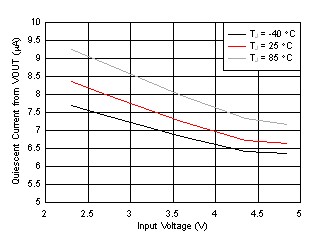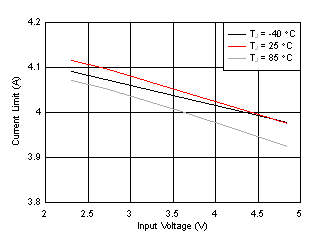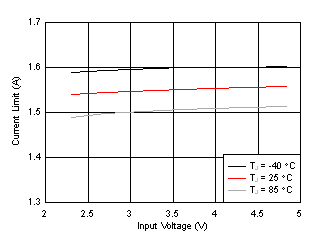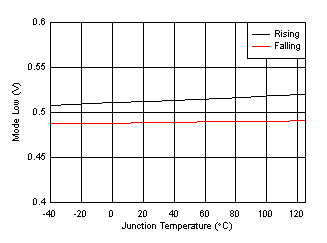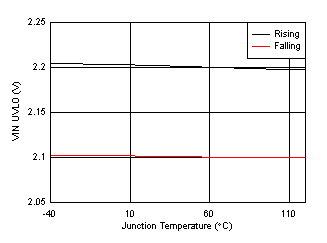SLVSDE4E march 2017 – june 2023 TPS61253A , TPS61253E
PRODUCTION DATA
- 1
- 1 Features
- 2 Applications
- 3 Description
- 4 Revision History
- 5 Device Comparison
- 6 Pin Configuration and Functions
- 7 Specifications
- 8 Detailed Description
- 9 Application and Implementation
- Power Supply Recommendations
- 10Layout
- 11Device and Documentation Support
- Mechanical, Packaging, and Orderable Information
Package Options
Mechanical Data (Package|Pins)
- YFF|9
Thermal pad, mechanical data (Package|Pins)
Orderable Information
7.8 Typical Characteristics
This section is based on the test results of TPS61253A, unless otherwise noted.
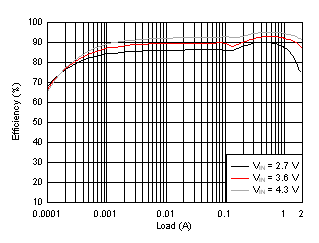
| VOUT = 5 V | L = 0.56 µH | Auto PFM Mode |
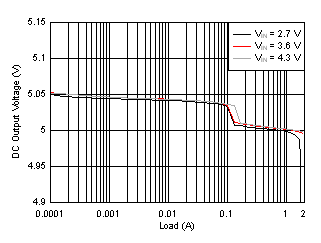
| VOUT = 5 V | L = 0.56 µH |
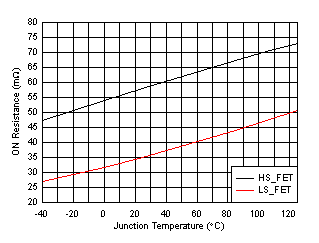
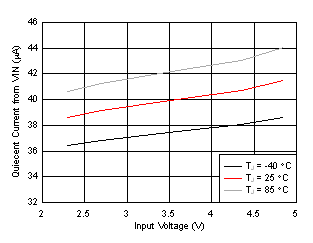
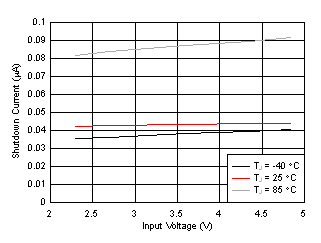
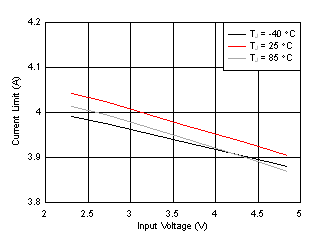
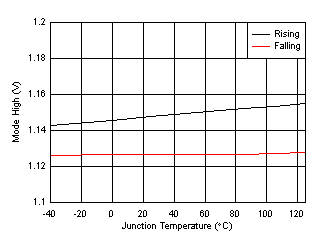
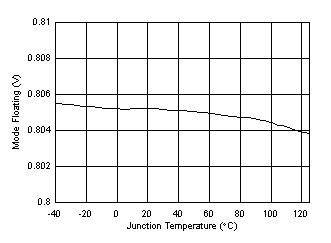
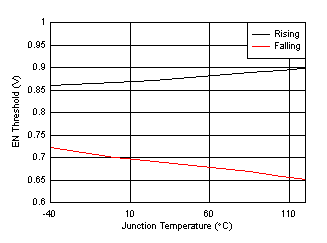
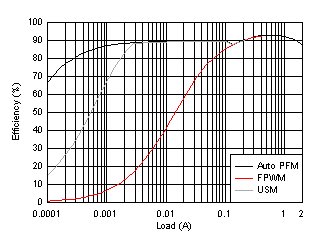
| VOUT = 5 V | L = 0.56 µH | VIN = 3.6 V |
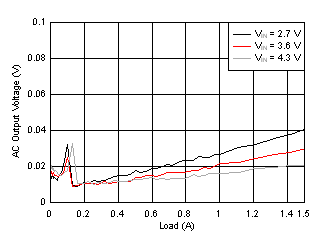
| VOUT = 5 V | L = 0.56 µH | Auto PFM Mode |
